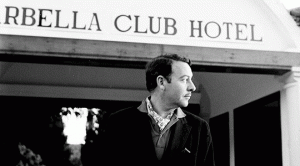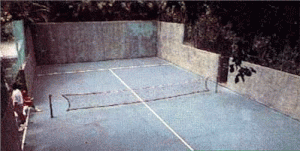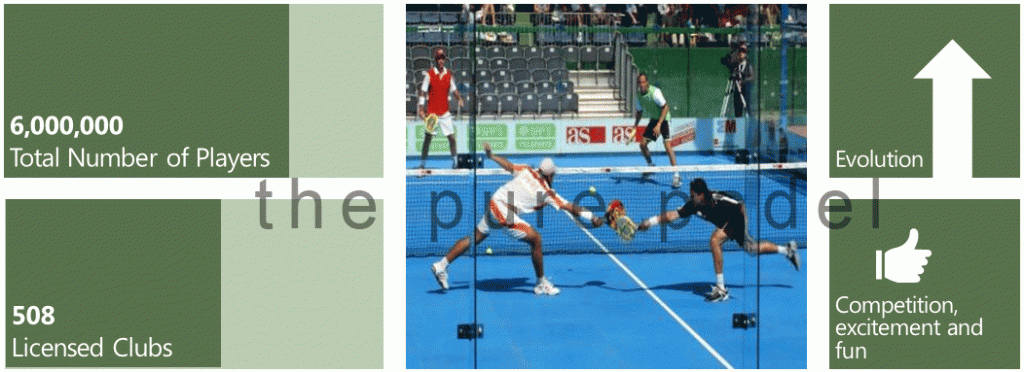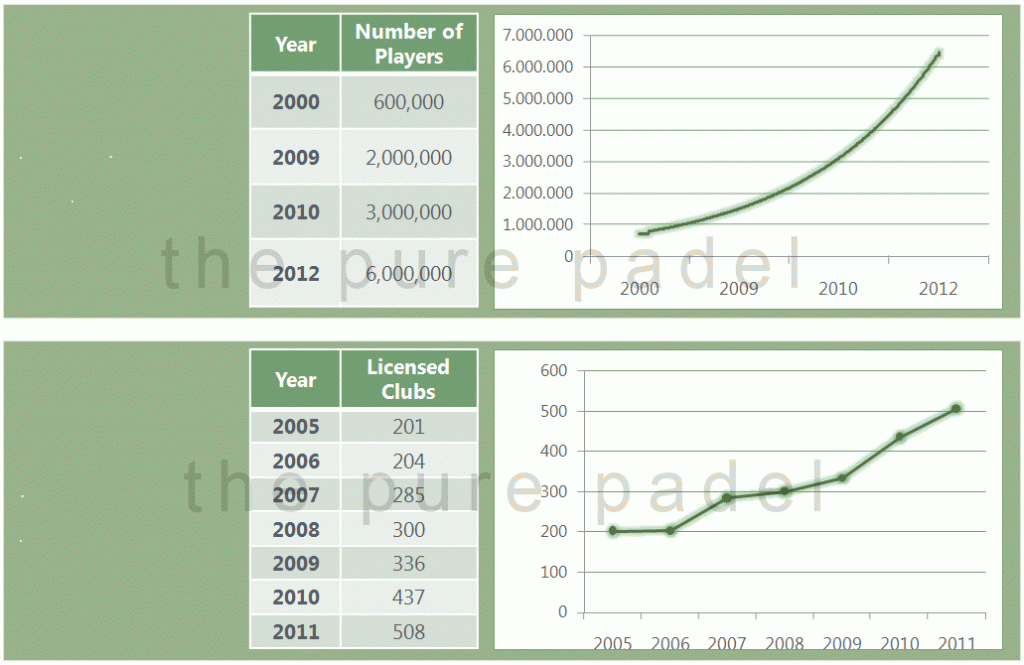What is padel?
The fastest growing sport in Europe
Padel tennis (or just padel) is a racquet sport played extensively in Spain and Latin America.
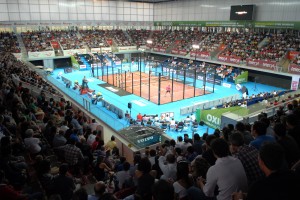 Padel is typically played in doubles on an enclosed court about half the size of a tennis court. The balls used and the scoring is the same as normal tennis, just with a little less pressure, and so the biggest difference is that the court has walls and the balls can be played off them in a similar way as in the game of squash.
Padel is typically played in doubles on an enclosed court about half the size of a tennis court. The balls used and the scoring is the same as normal tennis, just with a little less pressure, and so the biggest difference is that the court has walls and the balls can be played off them in a similar way as in the game of squash.
It is currently most popular in Argentina, Spain, Mexico and some other Latin American countries and it is now beginning to spread rapidly across Europe and other continents. The sport’s huge popularity along the Costa del Sol in southern Spain has exposed it to a large number of British residents and holiday-makers and this is one of the reasons it is beginning to take off in the UK.
Padel is great for players of all ages and skills, as it is both quick and easy to pick up, and is less physically demanding than similar sports like squash. Most players get the grasp of it within the first 20 minutes of playing and find it easy to achieve a level of proficiency so that they can enjoy it because the game is not as dominated by strength and serve as tennis (in fact, the serve in padel is under-arm).
History
Alfonso de Hohenlohe in 1974 he traveled to Mexico at the invitation of his friend Enrique Corcuera. During his stay is interested in practicing a new sport that his friend had recently created, incorporating a pediment other opposite wall about 3 feet high, placing a net in the half and closing the sides of the track with a wire mesh . It was played with wooden pallets and was called paddle tennis.
His enthusiasm for this new sport was immediate, as Hohenlole Alfonso, on his return to Spain and after studying and refining some details of the track and playing field, built the first two pitches of Spain at the Marbella Club. So he began to promote the paddle in his jet-set friends, who quickly became addicted.
The success was soon attracted to the sport of tennis leading figures such as Manolo Santana, who began organizing tournaments and spread the paddle on the Costa del Sol, where many clubs began to build its own tracks. In Argentina emerged the best players worldwide such as Lasaigues, Gattiker, Marcelo Cubas, Fernando Cobas and many others who came to the best in the world.
In 1975, a great friend of Alfonso de Hohenlohe Marbella and frequent visitor, billionaire Julio Menditeguy is witness to the success of paddle tennis, and decides to import the sport in Argentina, where in a few years was an unprecedented boom, becoming nowadays the second most popular sport in this country [citation needed], with more than 2 million players and 10,000 tracks built around the territory. Among the most important players in the Argentine male Circuit can be found at: Lasaigues Mariano, Roberto Gattiker, CristianFerreiro, Fernando Belasteguin, among others.
In recent years, the paddle has spread to other countries like Brazil, Uruguay, Chile, Paraguay, etc. with many fans. This influence has also reached North America where fans can already count among Americans and Canadians.
In Spain, the paddle begins to expand to large cities and sports clubs in Madrid, Barcelona, Extremadura, Andalusia, Galicia and the Basque Country. Establishing the infrastructure needed for this sport throughout the country and organizing the National Circuit Tournament to be held in the most prestigious clubs in the country.
In Argentina, the sport takes place at Intercountry, highlighting the only player who remains unbeaten over-year-old Fernando Cobas.
The word ‘paddle’ is Peninsularized for «paddle,» a word that was included in the twenty-third edition of the Dictionary of the Spanish language of the Spanish Royal Academy, among other things trying to differentiate themselves from the eponymous sport practiced in the United States, with different rules .

